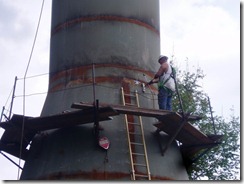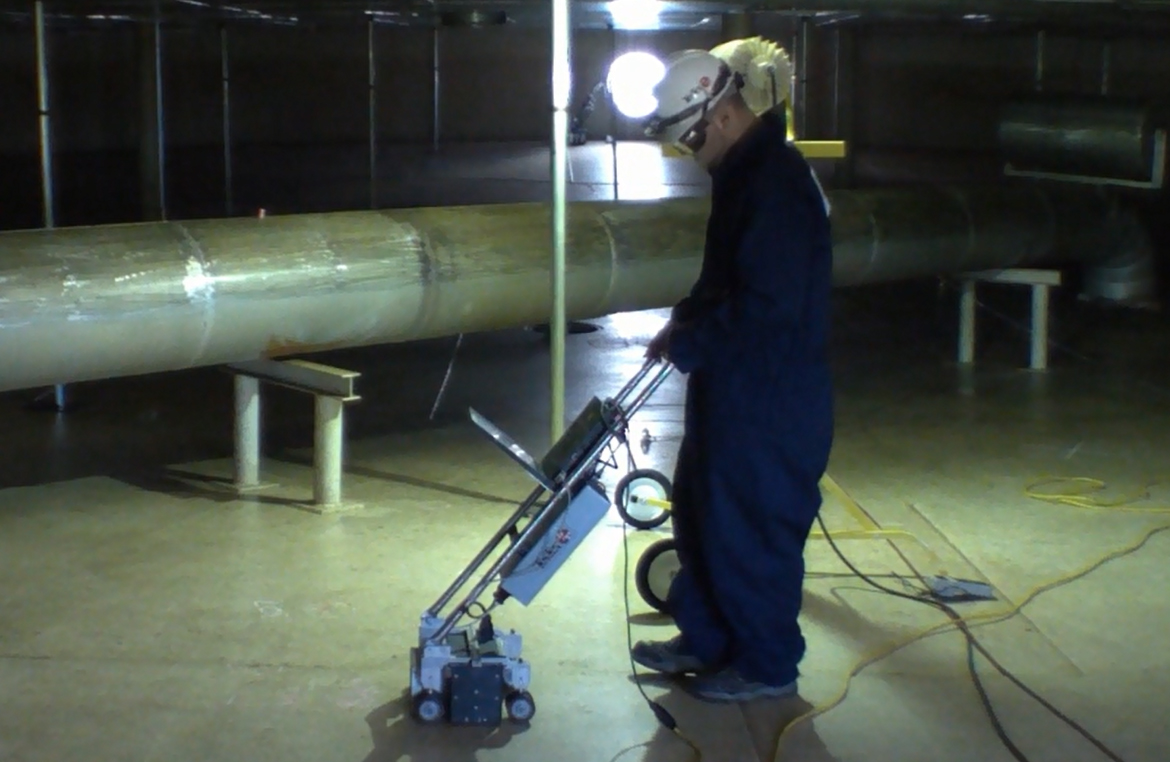A Comprehensive Overview of Container Welding Assessment Requirements and Methodologies for Improved Weld Quality and Efficiency
The significance of welding assessment criteria in the production of containers can not be overemphasized, as they serve as the backbone for guaranteeing weld honesty and operational reliability. Different examination techniques, consisting of aesthetic assessments and progressed non-destructive screening techniques, are essential in identifying prospective flaws that might endanger performance. Additionally, sticking to governing criteria not only enhances weld quality but likewise mitigates the threat of expensive failings. As we explore the subtleties of these methods, it comes to be crucial to think about exactly how an organized technique can change existing techniques and bring about substantial enhancements in end results.
Relevance of Welding Examination Specifications

Welding examination standards encompass a series of standards, including material specifications, welding procedures, and credentials of workers associated with the welding procedure. By enforcing these standards, organizations can methodically determine and rectify possible defects, thus minimizing the likelihood of expensive fixings or catastrophic failings. Rigorous evaluation methods foster a society of liability and accuracy, encouraging welders to preserve high degrees of craftsmanship.

Common Welding Evaluation Techniques


Ultrasonic Evaluating (UT) is one more prevalent method, making use of high-frequency acoustic waves to spot interior problems that might not be visible on the surface. This approach is specifically efficient for determining voids or incorporations within the weld metal. Magnetic Fragment Evaluating (MT) is likewise commonly made use of, specifically for ferromagnetic materials, as it discloses surface and near-surface problems via the application of magnetic fields and ferrous bits.
Additionally, Fluid Penetrant Testing (PT) identifies surface-breaking issues by applying a penetrant to the weld and afterwards making use of a designer to attract out the penetrant. Each of these methods contributes to an extensive assessment method, ensuring that welds fulfill the rigorous quality requirements called for in tank building.
Regulatory Standards and Conformity
Regulative standards and compliance are crucial elements in making certain the security and reliability of welded structures in container building and construction - Tank Welding Inspection. These requirements serve to develop minimum needs for product homes, welding treatments, and inspection methods, thus reducing the danger of structural failings and boosting general performance
Key companies, such as the American Society of Mechanical Designers (ASME) and the American Welding Society (AWS), offer guidelines that are extensively embraced in the industry. Conformity with these requirements not only makes sure adherence to finest practices yet additionally satisfies lawful and contractual obligations, securing the interests of stakeholders.
Regulatory bodies frequently mandate adherence to details codes, such as ASME Code Area IX for welding qualifications and API 650 for welded containers. These codes lay out demands for welding methods, qualifications of personnel, and screening techniques to confirm weld integrity.
Routine audits and examinations are essential to maintaining conformity, as they assist recognize inconsistencies from developed requirements. Non-compliance can cause considerable charges, task delays, and safety risks. Therefore, a robust understanding of regulatory criteria and a commitment to conformity are vital in attaining high-quality and sturdy bonded tank frameworks.
Non-Destructive Evaluating Approaches
Just how can the integrity of bonded structures be guaranteed without creating damage? Non-destructive testing (NDT) techniques use a robust option, enabling examiners to examine weld quality without jeopardizing the product - Tank Welding Inspection. Among the most typical NDT techniques are ultrasonic testing (UT), radiographic screening (RT), magnetic particle testing (MT), and color penetrant testing (PT)
Radiographic testing includes passing X-rays or gamma rays via the weld, producing photos that expose architectural defects such as splits or voids. This method is indispensable for analyzing the integrity of intricate welds.
Magnetic fragment screening is matched for ferromagnetic products, where electromagnetic fields expose surface area and near-surface interruptions. Color penetrant testing uses a fluid color to highlight surface-breaking defects, making it a reliable method for non-porous products.
Each of these NDT techniques has unique advantages, enabling for detailed assessments tailored to details products and welding procedures. By executing these methods, markets can guarantee the dependability and safety of bonded frameworks, look at here now eventually improving overall efficiency.
Enhancing Weld Quality Via Inspection
Reliable assessment plays a critical duty in enhancing weld quality, acting as a vital checkpoint in the manufacture procedure. By identifying possible problems early, inspections mitigate the risk of jeopardized structural integrity and make sure compliance with market criteria. Utilizing a combination of visual assessments, non-destructive testing (NDT) methods, and mechanical evaluations, examiners can discover problems such as porosity, cracks, and insufficient blend.
Executing a durable inspection procedure not only improves the overall quality of welds however also fosters a culture of accountability amongst welders and producers. Regular training and accreditation of evaluation personnel make certain that they are geared up with the required skills to identify and address prospective problems efficiently. This proactive technique lessens rework and associated expenses, inevitably contributing to predict effectiveness.
Additionally, comprehensive paperwork of inspection searchings for offers important insights into persisting problems, helping with continuous renovation in welding practices. By leveraging innovative modern technologies, such as automated ultrasonic testing or digital radiography, weld quality can be boosted with a lot more specific evaluations. Finally, an extensive assessment procedure is essential in attaining high-grade welds, making certain security, dependability, and longevity in tank manufacture.
Conclusion
In conclusion, the application of Full Report strenuous container welding evaluation requirements and methodologies is crucial for making certain weld honesty and performance. By Tank Welding Inspection utilizing a combination of aesthetic inspections, non-destructive testing techniques, and adherence to regulative criteria, companies can effectively determine and reduce possible defects.